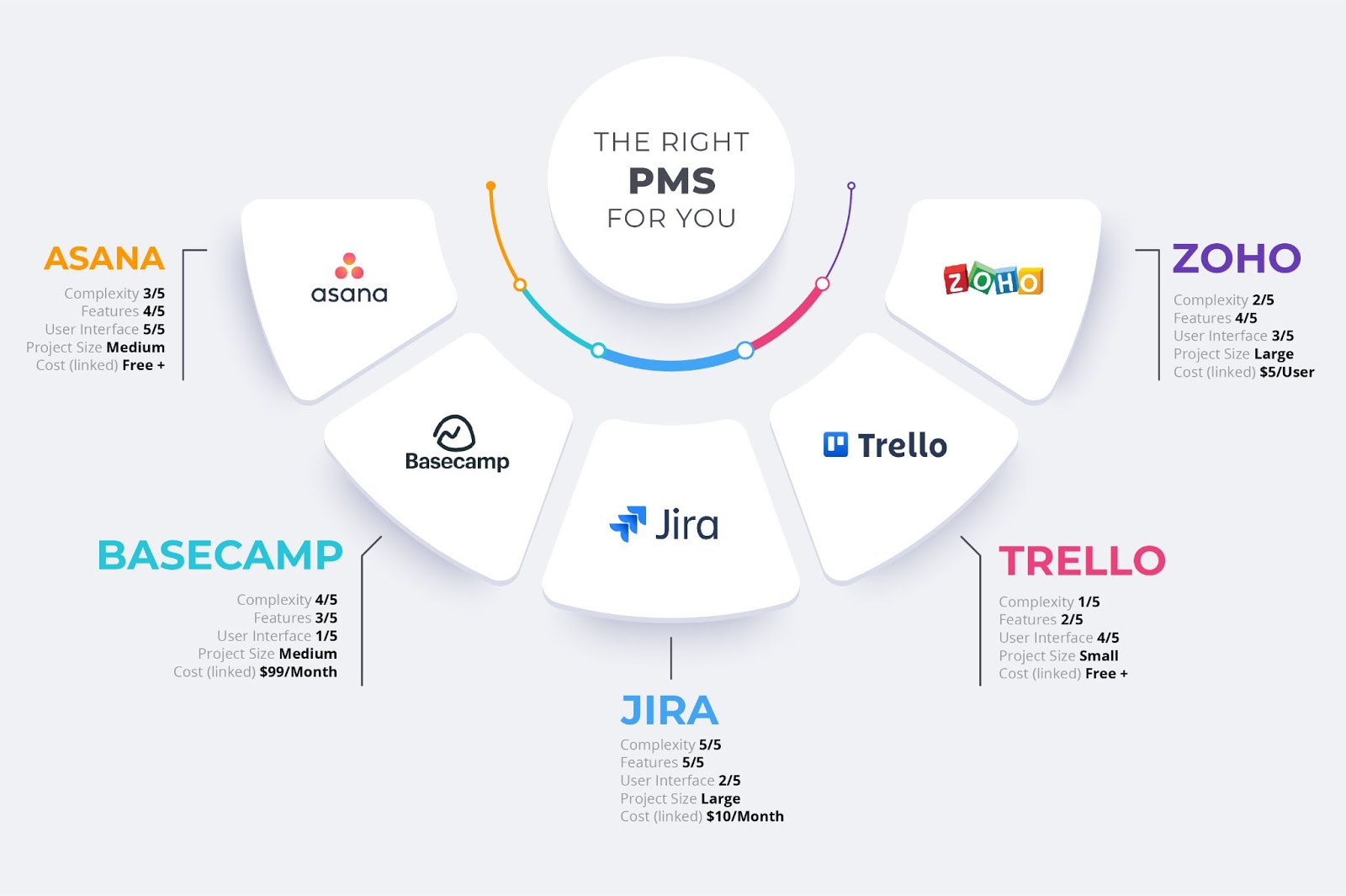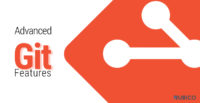Choosing the Best Project Management System for your Needs

Choosing a Best Project Management System for your needs.
Introduction
We recently finished a blog series focusing on the many different project management systems available. Each blog focused on one specific project management system. We laid out each of them in detail, walking through the pros and cons, and helping you understand each one’s unique qualities.
Now in this blog, we are going to try and summarise all of our findings and help YOU decide which is the best project management system for your next exciting project.
“There isn’t a single best PMS… it all depends on what is most important to you”
Using a project management system can be helpful in many areas of life. Whether you’re wanting to increase productivity at your workplace, try to organize your team, or even plan your much-needed vacation, you will come across many PMS options that have the potential to enable you to do these tasks more efficiently. Which one do you choose?
Here at Rubico, we have been using project management systems extensively to run and manage all of our projects. Over the past 18 years, we have used a wide array of tools which has enabled us to be flexible enough to use whatever systems our clients are using. When we begin working with each client, we ask what PMS they would prefer to use. We want to work with our clients on the PMS they’ve found best fits their workflow. If the client doesn’t have a system in mind, we choose the PMS in accordance with what is required for the project.
What is a PMS?
The basis of project management is that it helps project managers with conducting day to day responsibilities, allowing you to break down the different facets of a project. This includes things such as creating tasks, assigning them to people, setting their priorities, running sprints (based on your project management methodology), creating and managing timelines, and recording hours spent on the project.
Project Management Systems essentially combine various tools and practices that help effectively manage a project. When scrolling through google, you will find a plethora of project management systems or softwares. This however, can be deceiving. Be sure to keep in mind that not all of these are full fledged (project management systems) as some of them don’t include all the elements necessary to manage a project.
Why is using a PMS so important?
With more and more online solutions becoming available, using a PMS has become a standard practice across all the industries today. So why do organizations see using a PMS as an important tool? Well, it can be boiled down to three distinct reasons.
- Visibility – It’s extremely important to see the progress and status of all the projects and their respective tasks/sprints; not only for the team members, but also for the clients. Being able to share this information to all the stakeholders in real time can help keep everyone in the loop with the progress of the project.
- Accountability – This is perhaps one of the most important reasons; being able to hold everyone accountable for what’s happening in the project. It will show whether the timeline is being met or not, or if there are any tasks that are overdue. Having each person’s tasks clearly laid out on a PMS eliminates confusion regarding who is responsible for what. Having this accountability system also helps to develop a transparent, open, trusting relationship with clients.
- Organization – Lastly, when handling multiple projects with multiple stakeholders, being organized helps a great deal. It gives you the ability to keep all your workflow, project details, and documentation in a central location. Being consistent across all your projects, makes the life of a project manager that much easier.
How do I decide?
Choosing a (project management system) is a very important decision to make. It sets the tone for how the project functions, and what features and processes one can implement.
So Choose Wisely.
Let’s discuss on a broader scale what to keep in mind while deciding on a PMS.
- Agile Workflow Integration – Agile is a project management methodology which is widely used by various organizations across the world. It’s a collaborative and iterative process that has widely gained traction. It’s essential that the PMS you choose, has tools in place to take complete advantage of the agile methodology.
- Scale of the project – The scale and the complexity of the project often dictates what PMS will be used. Complex projects generally require a larger feature set built into the PMS compared perhaps to simpler projects with smaller team sizes.
- Collaboration – Collaboration is key to the success of a project. The PMS should be able to facilitate real time collaboration across projects with cross-functional teams. This is absolutely essential.
- Intuitive UI- A good PMS should have an intuitive UI that requires a smaller learning curve. The last thing you would want is for people to be spending extensive amounts of their time on the PMS when that time could have been spent working on the actual project.
- Pricing – The biggest deciding factor for the PMS is usually the budget for a lot of people. There is a variety of software out there in the market that is free to use, but is limited in functionality. A more feature-intensive PMS comes with a price.
Let’s take a quick look at some of the Project Management Systems that are widely used across industries.
- Asana – Asana is a widely used PMS. It has a simple and intuitive UI with a small learning curve. It’s free to use but some of the premium features come at a price.
- Basecamp – This is a PMS that has been around for quite some time, but is currently not widely used. It’s UI is bare bone and comes at a price.
- Jira – Jira is a PMS that is widely used for scrum methodology. It’s used for large complex projects with multiple teams working on the project, but this comes at a price per user. It has a bit of a learning curve attached to it and has quite a simple UI.
- Trello – This is perhaps the mostly commonly and widely used PMS in the industry. It is simple to use and has an intuitive UI. However, in order to access the more intensive feature sets, one will have to get out their wallet. It comes with plenty of third party integrations as well.
- Zoho – This is a PMS that comes loaded with features. It is primarily used for Agile methodologies, both scrum and kanban. It is a paid service, per user, on a monthly basis.

“The right PMS depends on your situation…” Check the chart.
There are plenty of Project Management Systems out there, and each one has its advantages and disadvantages. We just talked about the more widely used ones here. Check out other options that are out there, and do your homework before deciding.
Remember, the right PMS is the one that suits your requirements and needs the most.









